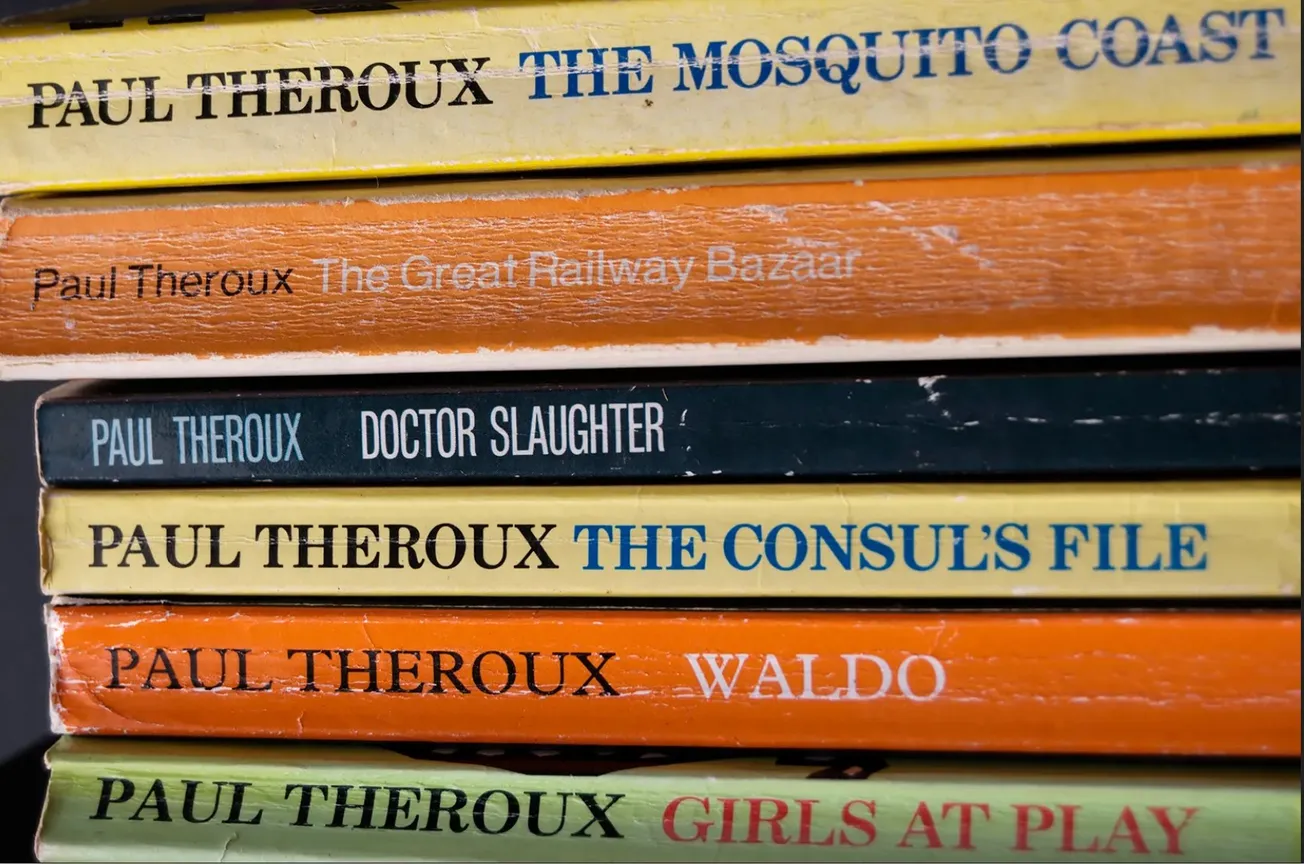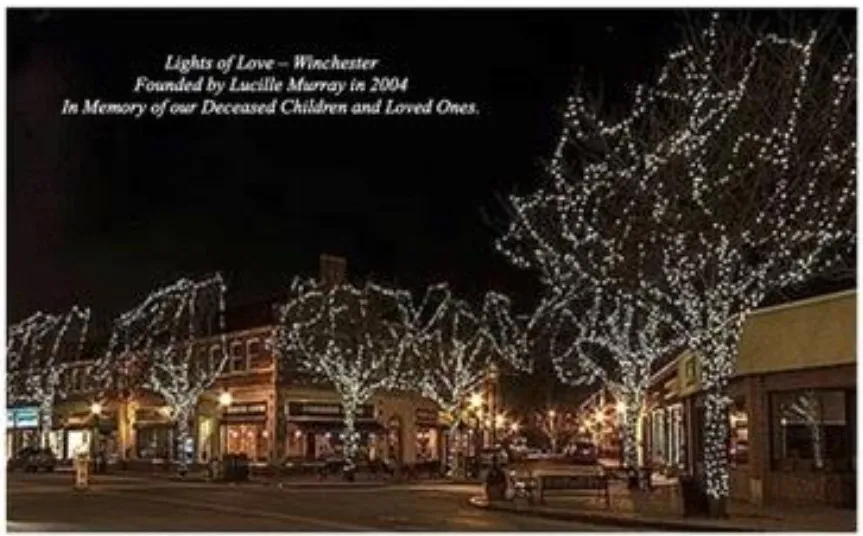Table of Contents
Recently, the connection between us became a bit more personal after I read an old New York Times profile of Theroux and his family, which contained the precise address and an accompanying photo of his boyhood home. I knew I had to seek it out...
Before I ever set out, I knew this particular literary pilgrimage would never feature in any travel guide.
Part of the reason is that Medford is hesitant about publicizing its history – a trend evident to me since my earliest school days at Dame Elementary, just a short walk from the Royall House, though class visits were never a thing – when, in fact, our humble hometown has played host to a number of illustrious people and colorful incidents over the years.
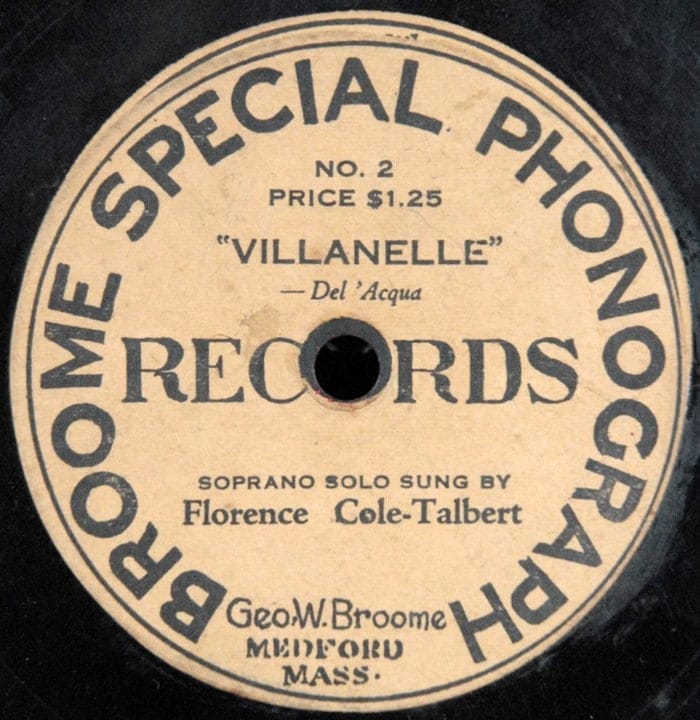
For instance, there’s the remarkable story of George W. Broome (1858-1941), helpfully recounted in Dee Morris's 2009 book “Medford: A Brief History.”
Setting himself up as a small town rival to Montgomery Ward and Sears, Broome ran a mail order business from his Clayton Avenue residence – coincidentally the same South Medford street my Italian grandparents called home from the 1940s to the 1970s. Broome was also the first African-American to own and operate a record label.
Again with a nod to Dee Morris: “Broome’s Brown Seal Records, now collectors’ items, brought black concert music into the mainstream.”
And if food is your thing, culinary pioneer Fannie Farmer (1857-1915) was educated at Medford High before going on to open her own cookery school. Ms. Farmer was also an entrepreneurial phenomenon – the initially self-published Fannie Farmer Cookbook remains in print today – and she added to her CV in later life by lecturing at Harvard Medical School on the importance of preparing wholesome food for those recovering from illness.

On the less reputable side of the ledger, there’s the epic 1980 Depositors Trust bank heist in Medford Square, undertaken over the Memorial Day weekend by a motley crew of local cops and robbers. Not to be outdone by the criminal fraternity, the FBI thrust North Medford into the headlines when agents secured the first successful wiretap of a Mafia initiation ceremony in October 1989.
Despite these jewels in Medford’s crown (some admittedly tarnished), one historical truth, as far as I can determine, remains unspoken and uncelebrated: Medford is the birthplace of the best-selling travel writer, novelist, and short story writer Paul Theroux.
Being of a literary bent myself from an early age, I was informed of this hometown link by my high school English teacher, Ms. Elinor Coucouvitis, who only a couple of years before had instructed Theroux’s younger and more precocious sibling, Peter.
At the time, Theroux was gaining prominence and racking up sales as the author of “The Great Railway Bazaar” (1975), his trail-blazing rail journey across Europe and Asia.
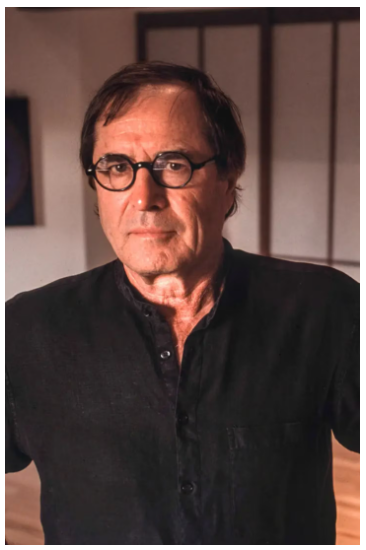
When I picked up a copy to see what all the fuss was about, I wasn’t disappointed. Instead, I was inspired (and implicitly instructed) in a shrug-of-the-shoulders teenage kind of way. If a guy from Medford was being taken seriously as a writer – and was being rewarded handsomely for his efforts – maybe there was hope for me too.
Spoiler alert followed by unabashed plug: No bestseller list I’m acquainted with has ever featured any of my noteworthy titles, which are readily available for sale or download. See below.
Over the next few years, I kept tabs on Theroux as I progressed from high school to college, with recurring spells as an Ireland-based backpacker stretching my UMass-Boston undergrad journey out to seven years. I eagerly awaited the publication of Theroux’s successive travel tales, but I’ve also come around to his talents as a novelist in such books as “The Mosquito Coast,” “My Secret History,” and “Millroy the Magician.”
Recently, the connection between us became a bit more personal after I read an old New York Times profile of Theroux and his family, which contained the precise address and an accompanying photo of his boyhood home. I knew I had to seek it out – especially since the house in question was just a couple of miles from my own family home in Medford, occupied today by my sister and her family.
Coincidentally, I’d been dipping into two books involving spiritual quests – “Off the Road” by Jack Hitt and “A Pilgrimage to Eternity” by Timothy Egan – which lent a certain cast of mind to my endeavor. I wasn’t about to undertake an odyssey that Hitt and Egan might recognize – after all, they’d traveled the Camino de Santiago and the lesser-known Canterbury to Rome pilgrimage routes, respectively – but my journey, also a quiet reckoning of sorts, possessed its own significance.

By any objective measure, I was going on a simple excursion, a pleasant outing that would see me home in well under three hours, allowing for periodic stretching and a restorative coffee. Still, I can’t deny there was a deeper meaning to this particular walk that tapped into my hometown’s literary history and my personal backstory, all wrapped around my slender attachment to Paul Theroux.
To those who know Medford or have been stuck in traffic on their way through the city, my route will appear straightforward enough. After coming down Main and crossing Medford Square, I proceeded up Forest Street and found my way to the intersection on the Fellsway where Fulton Street is anchored by St. Francis Church.
Then I began my gradual ascent to the Heights.
The sun was shining, with temperatures cresting at 70 degrees, so I broke out in a light sweat and some deep rhythmic breathing was required as I climbed. No surprise there. Like the weather on the day, I’m also approaching the three score and 10 mark.
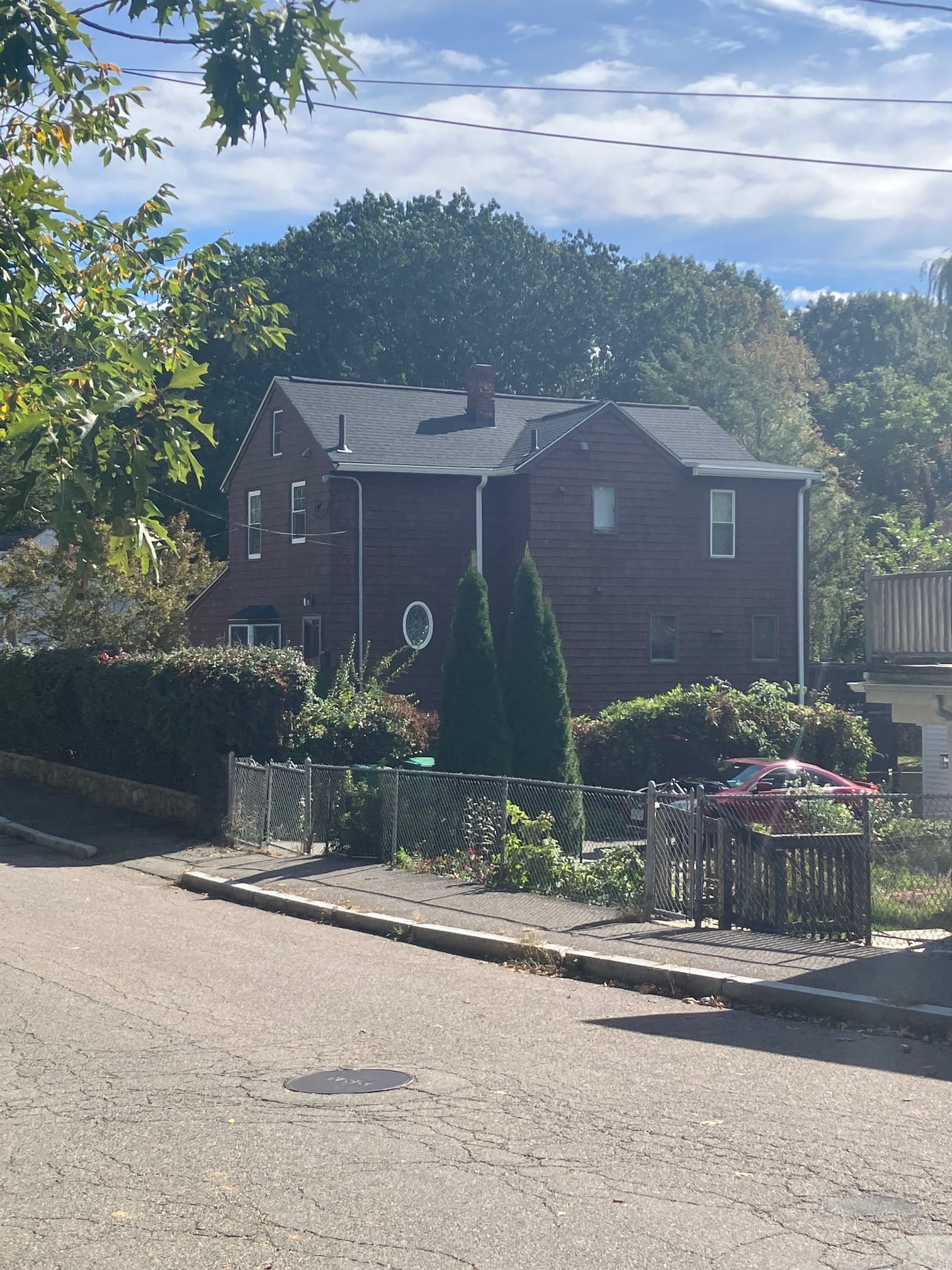
I found the house, a dark-shingled commodious dwelling on Belle Avenue, anonymous today to all but me, I imagined. Medford was a much different place when Theroux and his six siblings lived there, more accommodating to the high-risk antics of energetic youngsters. In fact, Theroux has written that before the dangerous and disfiguring appearance of Route 93, the Sheepfold was an easily accessible stomping ground for his far from literary boyhood adventures.
With the house in view, I mouthed a simple expression of gratitude for the encouragement this fellow Medford author had given me, unknowingly, all those years ago, and then I was on my way.
Medford native Steve Coronella has lived in Ireland since 1992. He is the author of “Designing Dev,” a comic novel about an Irish-American lad from Boston who’s recruited to run for the Irish presidency. His latest paperback publications are “Entering Medford – And Other Destinations” and “Looking Homeward - Essays & Humor from a Misplaced American.”

